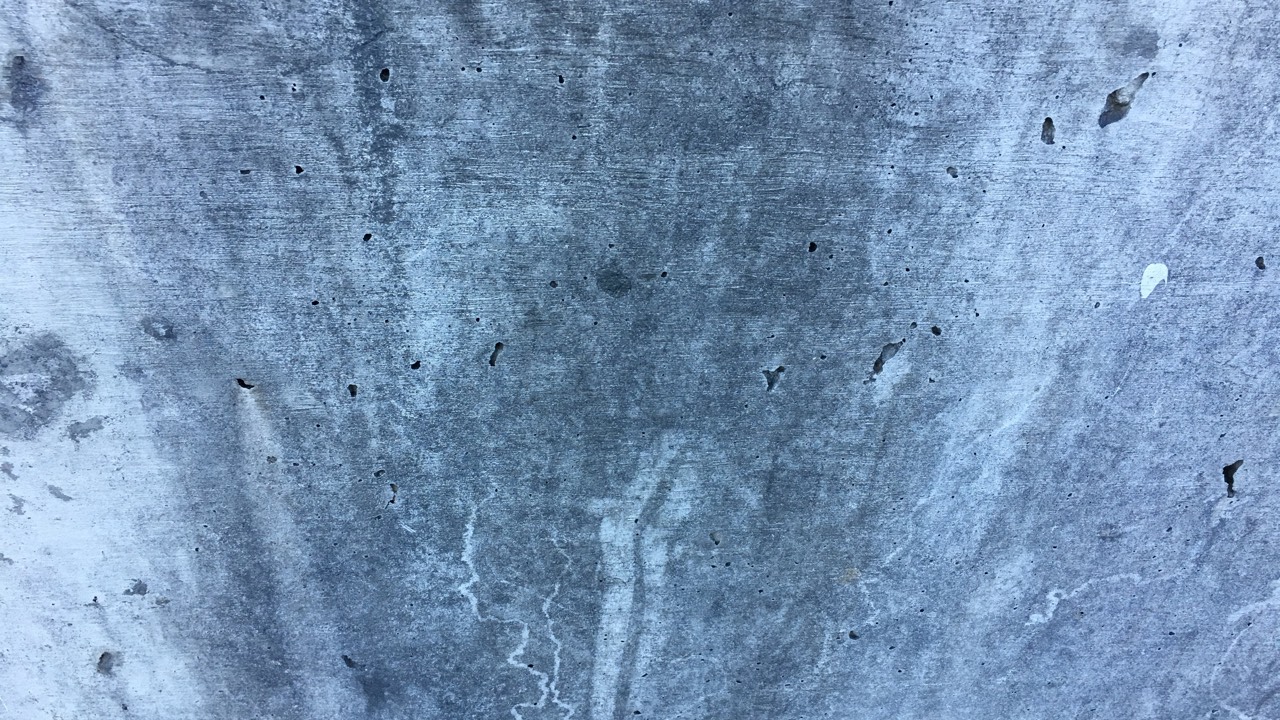Read this article in:
14 January, 2008

![]()
An 11 January methane coal blast 500 metres inside ArcelorMittal Steel’s Abaiskaya coal mine in central Kazakhstan has killed at least 23 miners. Seven of the miners died instantly in a blaze of fire, the company reported.
Rescue attempts were halted over the weekend because of high temperatures and carbon monoxide concentration caused by the early morning, 11 January explosion.

“We cannot risk the lives of rescuers,” stated Kazakh Emergency Situations Minister Vladimir Bozhko. “The situation is similar with the one in Ukraine’s Zasyadko coal mine where rescuers died,” a reference to the deaths of five rescuers on 2 December 2007, 13 days after 111 miners perished at Zasyadko in the Donbass region of the Ukraine.
Last Friday’s blast in Kazakhstan occurred in the same area where 41 miners of ArcelorMittal Temirtau died on 20 September 2006. A methane explosion happened then at the company’s Lenin mine. That disaster, the worst mining mishap in Kazakh history, prompted a mass strike by upwards of 24,000 workers in September and early October 2006. It was resolved with pay increases of 30% over two years, and, more importantly, promises of improved mining equipment and safety technology.

Luxembourg-based ArcelorMittal, the world’s largest steelmaking concern, controlled by Indian billionaire Lakshmi Mittal, operates eight coal mines around its massive steel-producing operations in the Karaganda region, including Tentekskaya, Shakhtinskaya, Kazakhstanskaya, Kuzembayev, Kostenko, Saranskaya, as well as the Lenin and Abaiskaya mines.
In December 2004, 23 miners died in a gas blast inside the Shakhtinskaya mine. The government of Kazakhstan has ordered a special commission to investigate the cause of the latest explosion. Mittal began mining and steel-making operations in Kazakhstan in 1995.
